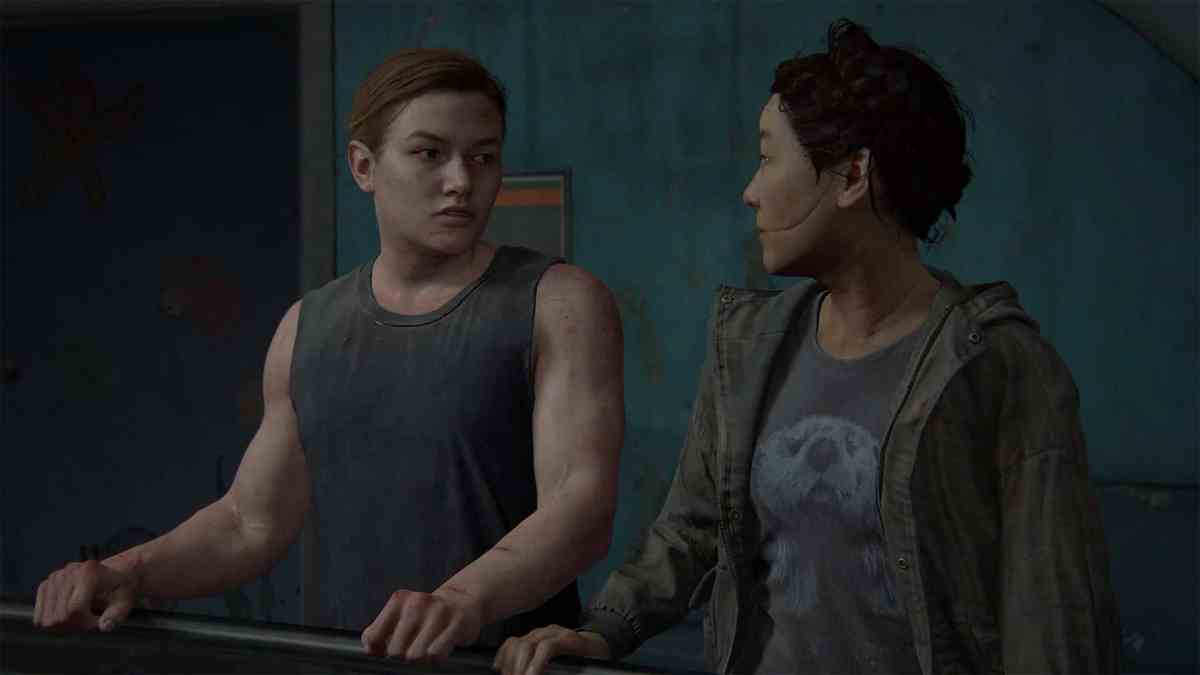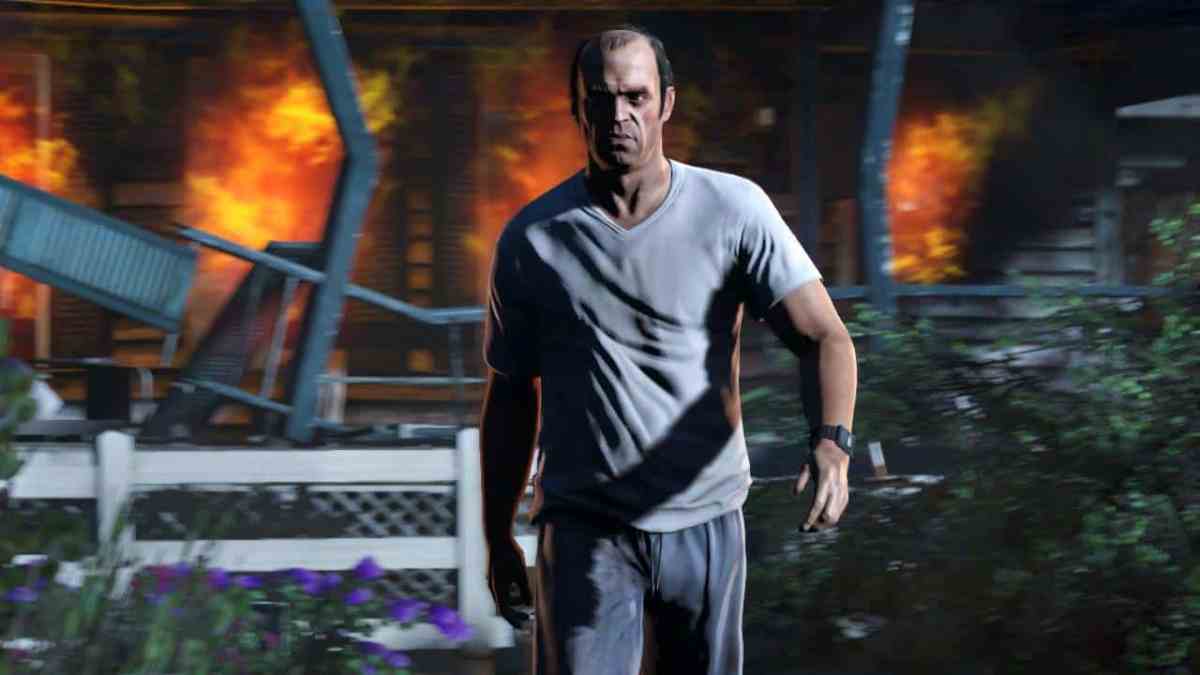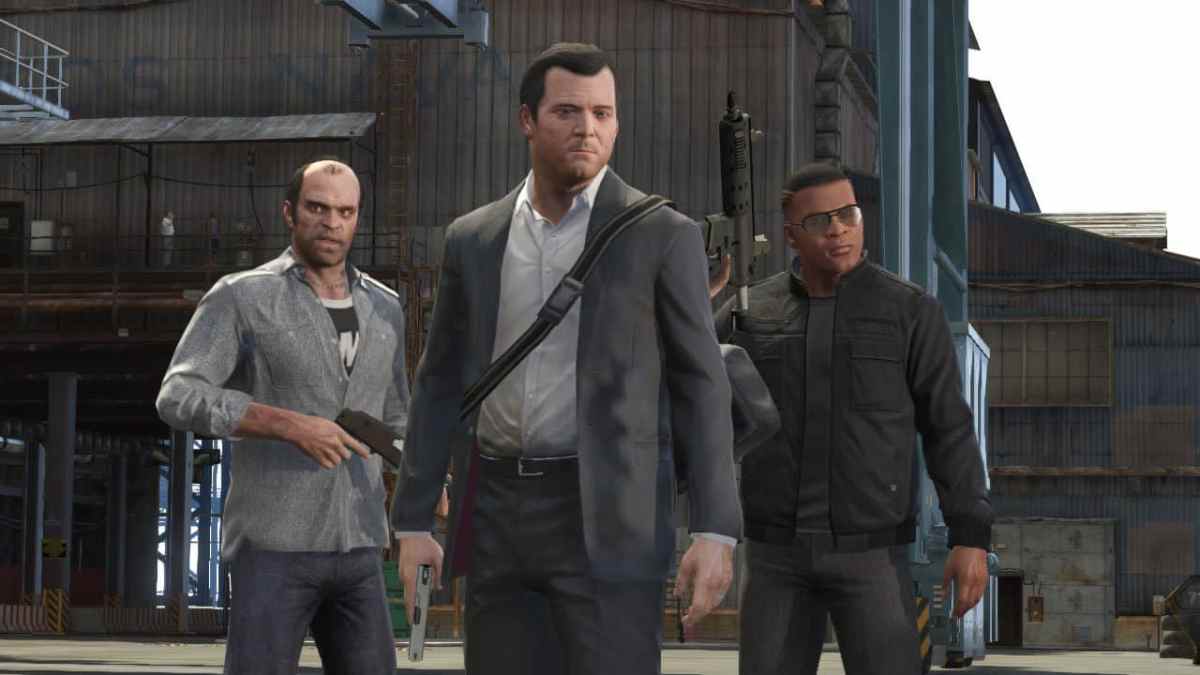To say that Grand Theft Auto V is a commercial success would be an understatement. Almost eight years since its release, GTAV remains consistently one of the most played games on Steam and many other platforms and has sold more than 140 million copies worldwide.
Given its popularity, it might be tempting to sniff at Grand Theft Auto V as the equivalent of a well-made summer blockbuster – enjoyable enough, but without the “literary” aspirations (or pretensions, depending on your point of view) of some its AAA contemporaries, like The Last of Us or BioShock Infinite. Because of this, it can be easy to overlook that, all these years later, GTAV remains a masterclass in how to weave video game narrative around multiple protagonists.
The problem is presented clearly enough by another summer blockbuster, released last year: The Last of Us Part II. Without getting into significant spoilers, the first 10-15 hours of the game are played as Ellie, the deuteragonist from The Last of Us, as she brings violent vengeance on those she believes to have wronged her. The latter 10-15 hours are played as Abby, one of the people Ellie is after.
The Last of Us Part II is one of the most divisive games in recent memory, but this shift of perspectives was arguably its most controversial feature. There were many reasons for the controversy, from frustration about misleading trailers to outright misogyny, but for me the issue was just the way the shift in perspectives was handled.

Brief prologue segment aside, too much time was given to Ellie before shifting to Abby. Players had already developed a bond with Ellie through The Last of Us, so changing to Abby after so long with Ellie became even more jarring. Books, TV shows, or films that successfully employ ensemble casts – A Song of Ice and Fire and its TV adaptation Game of Thrones, for example – make a point to alternate regularly between their various protagonists. As a result, the cut from one point of view to another is not as jarring; it is structured into the basic premise and pacing of the story.
It may look like there are obvious counterpoints to this line of reasoning. For example, in 2004, Halo 2 caused controversy for introducing the Arbiter as a second protagonist. However, unlike The Last of Us Part II, Halo 2 made sure to alternate periodically between Master Chief and the Arbiter, never letting the player control either for longer than a couple of hours at a time. And although I feel that this worked better than the structure of Part II, I admit it wasn’t entirely successful in juggling two protagonists.
I imagine one reason for this is, like with Ellie, we came to Halo 2 having already formed a relationship with Master Chief over the course of Halo: Combat Evolved, so it was difficult to build a new relationship with a new character. But there may be a more sophisticated explanation as well.

There is extensive research that suggests the relationship players have with their in-game avatars is partly a function of the control players have over those avatars. The more control, the deeper the relationship. The language of video games can also bring the audience into the narrative more directly than in other mediums. So it stands to reason that – all other things being equal, of course – players should feel a more intimate connection with their game avatar than with the protagonist of a book, TV show, or film.
As a corollary, it follows that it should be inherently more difficult to switch between protagonists in video games than in other narrative mediums. Even if Halo 2 does this better than The Last of Us Part II, ultimately both are working against the grain of player psychology.
The mechanics that underlie Grand Theft Auto V suggest that Rockstar recognized these issues, at least implicitly. GTAV introduced three protagonists – Franklin, Trevor, and Michael – over the course of the first few hours of the game. After that, it was possible to switch between them on the fly with the press of a button. Certain missions were specific to a character but could be tackled in more or less any order. And the three characters periodically showed up in each other’s missions, particularly during the game’s heists – showstopper set pieces that required the player to frequently switch between Franklin, Trevor, and Michael in order to progress.

It was an incredible technological achievement on the aging Xbox 360 and PlayStation 3 hardware, but more importantly, it enabled Grand Theft Auto V to overcome the other aforementioned issues with multiple protagonists. The fact that Franklin, Trevor, and Michael were only ever a button press away helped to foster a sense of control over them, thereby helping to build the player’s relationship with each one. Being forced to switch between them every few missions broke up what would otherwise be long stretches of narrative as just one of them. And the way Franklin, Trevor, and Michael showed up in each other’s missions and had equal playable parts during heists emphasized the sense that all three were equally important to the story and worthy of emotional investment.
More than that, it has been frequently remarked that Franklin, Trevor, and Michael represent three generations of GTA games, or three different but complementary styles of GTA players – there is even a theory that Franklin, Trevor, and Michael may be a single composite character. As a result, Grand Theft Auto V also has a sense of a metanarrative to tie together the three individual stories.
Of course, I am not suggesting that Grand Theft Auto V’s structure could have been transplanted to The Last of Us Part II or other games that struggle to accommodate multiple protagonists. Nor am I suggesting that GTAV has a perfect structure. The point is rather that Rockstar seemed to recognize the unique challenges multiple protagonists raise for video games and found a solution specific to its game – even going out of its way to implement a technologically demanding solution. Few studios have the kind of resources available to Rockstar, but then few studios attempt games as technologically cutting-edge as The Last of Us Part II. What would it have been like, I wonder, if a larger chunk of that AAA budget were channeled into concepting and playtesting the story beats?
